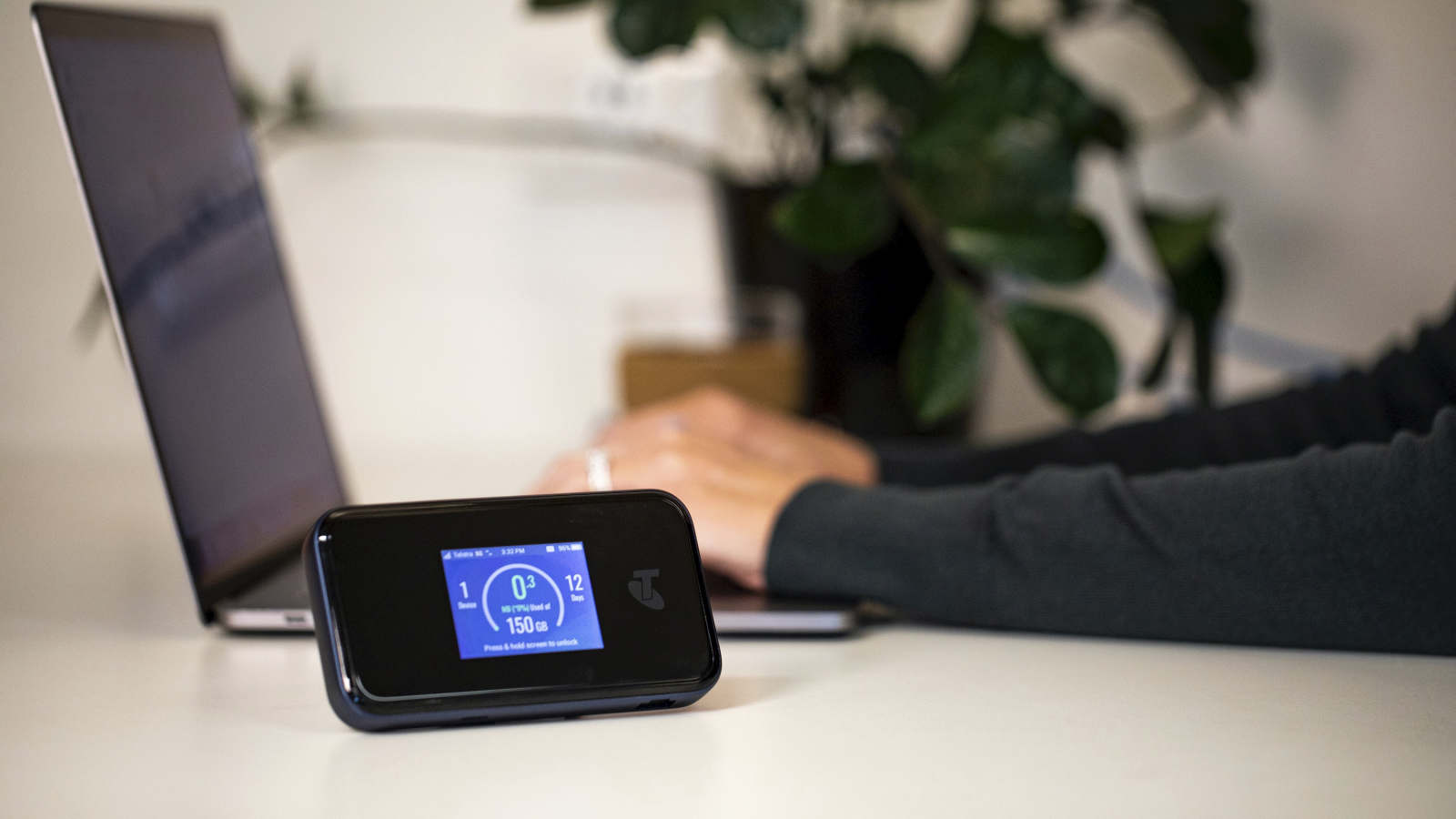Telstra powers up 5G footprint as new spectrum comes into picture
by Supratim AdhikariTelstra is running ahead of schedule on building out its 5G network, with the telco saying it has extended its coverage to 47 cities across Australia and launching a mobile broadband device that could potentially compete with the National Broadband Network.
The telco had flagged last October it was aiming to roll out the 5G network to at least 35 cities by June 2020. However, Telstra’s network engineering executive Channa Seneviratne said there had been a significant push internally over the last six months to beat the original rollout target.
“It’s almost a year since we launched our commercial 5G network and we have managed to track ahead of our expectations, we have expanded the population footprint from 4 million potential customers to 8 million.”

Telstra in March brought forward its spending on 5G capacity, with $500 million originally slated to be spent from the second half of 2020-21 now earmarked to be spent in calendar 2020.
“This year is all about 5G, so we are making sure we do everything we can to make sure as many Australians as possible have access to 5G as quickly as possible,” Mr Seneviratne added.
Telstra has already invested more than $8 billion into its mobile network and the latest update from the telco comes as it gets ready for the upcoming auction of 5G ‘millimetre wave’ (mmWave) spectrum, which is scheduled for early 2021.
The mmWave spectrum can be used to deliver high speeds over the mobile network and develop fixed-line services, which can compete directly with the NBN. While the extremely high frequency spectrum is susceptible to interference and cannot travel long distances, Mr Seneviratne said mmWave can be used to build offers for both homes and businesses.
“We already have a proportion of our customers who don’t have fixed-line broadband services and have elected to use mobile broadband and people will find new ways of using mmWave services, both in a consumer and enterprise environment,” he said.
While 5G-powered alternatives to the NBN are expected to make inroads in the consumer market, Mr Seneviratne said mmWave spectrum will be especially useful in delivering solutions to businesses. “Precision machinery in factories currently need to be cabled-up but with mmWave spectrum, even though it doesn’t travel far, it’s perfect for a closed factory environment because it offers high capacity, high speed and low latency (the time taken for devices to respond to each other over the wireless network).
“So the factory environment can become completely wireless, and at the same time we will also use mmWave to serve consumers in hot spots like train stations, stadiums and CBDs, the spectrum is perfect for these areas of high demand,” he said.

The new Telstra 5G Wi-Fi Pro device, launched on Tuesday, will support mmWave spectrum services as they become available and can support up to 30 Wi-Fi enabled devices as well as Wi-Fi 6 technology which offers better performance.
"This device has gone beyond offering mid-band capabilities and into 5G mmWave, which is an important improvement," Mr Seneviratne said.